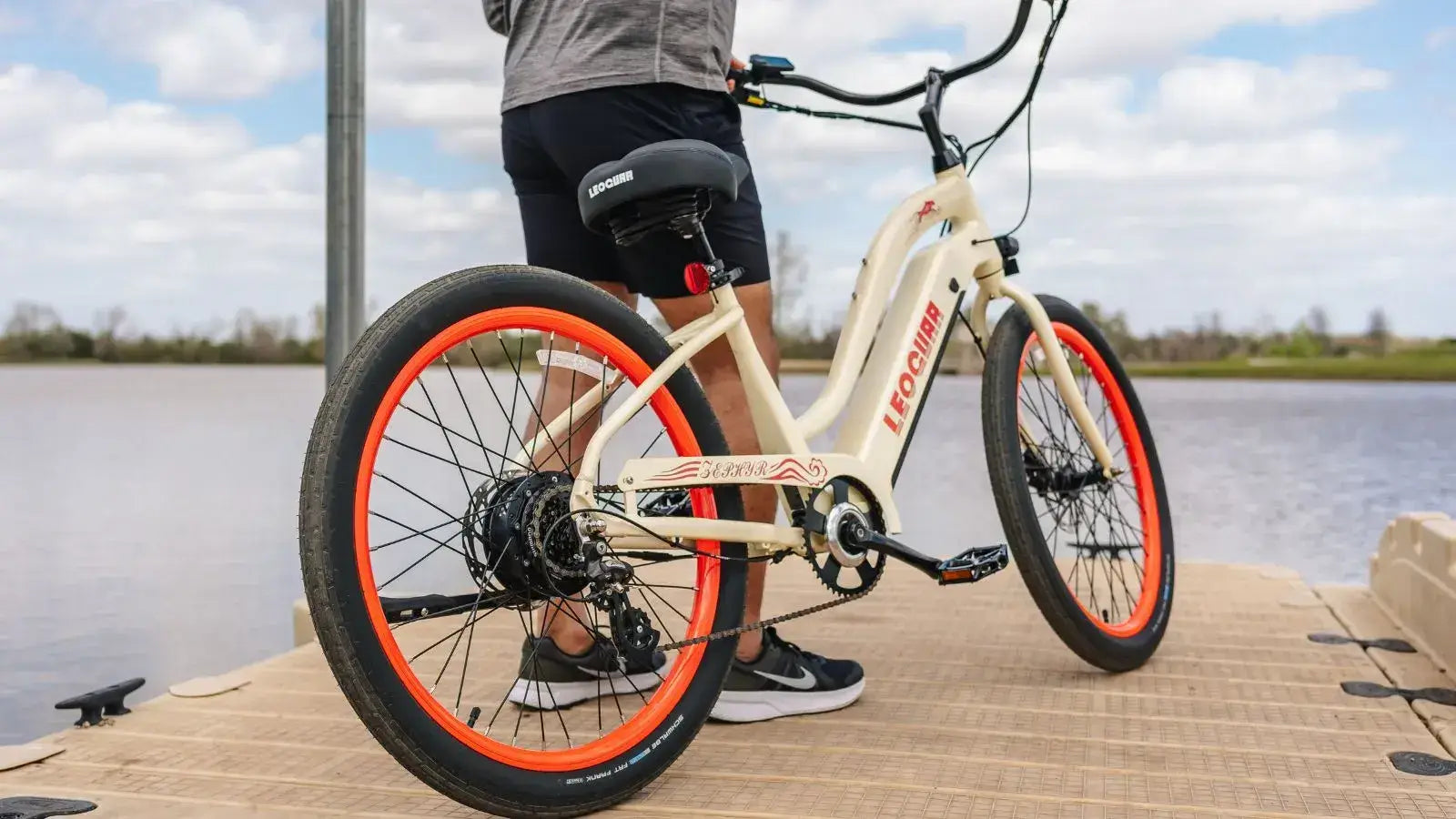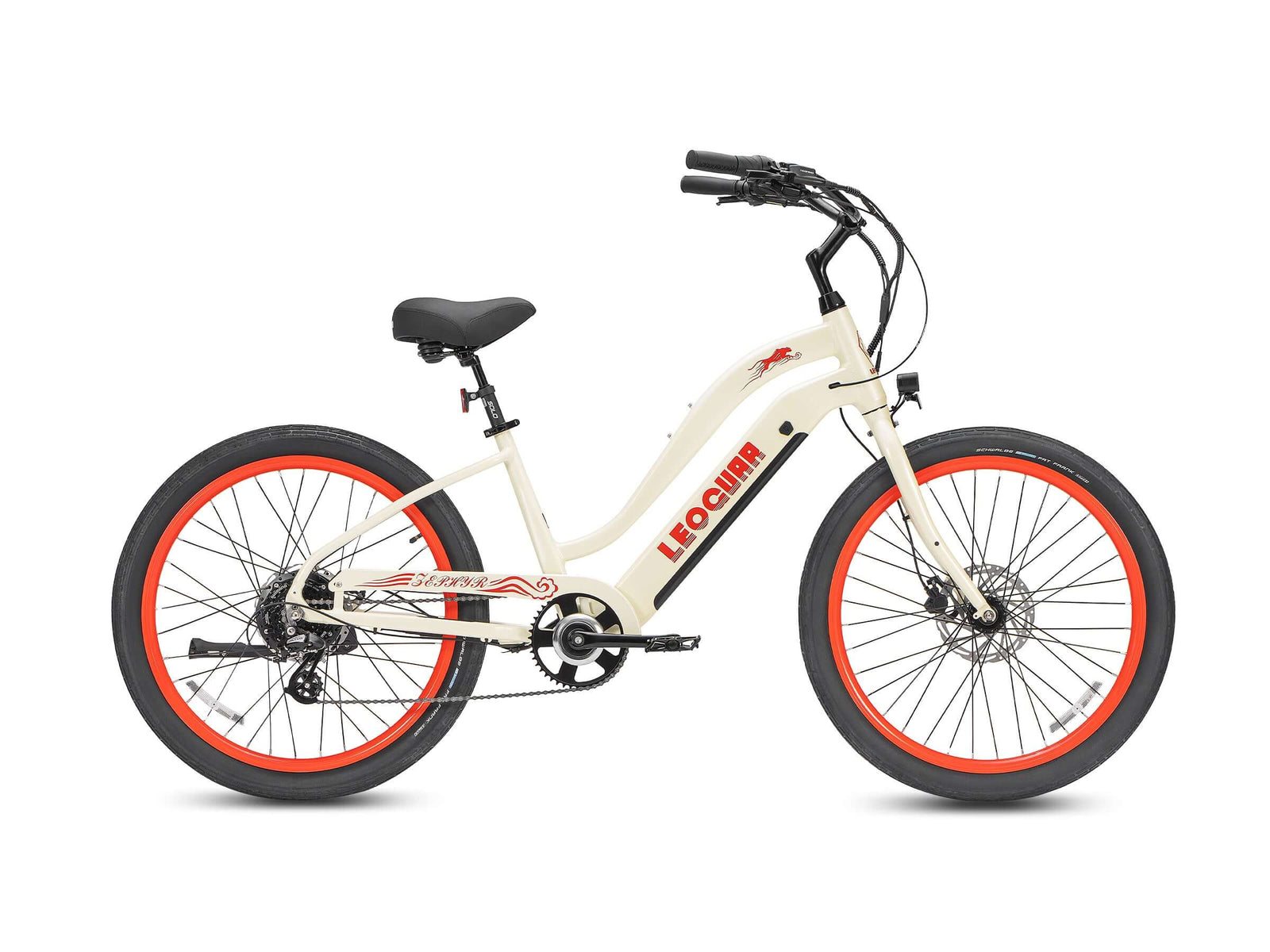
Buy Electric Bikes: Smart Guide with Expert Reviews
First, Define Your Ride
Before you read a single review, the most important analysis you can do is of yourself. An amazing off-road e-bike is a terrible choice for a city commuter who needs to carry it upstairs. Shifting your mindset from "What's the best e-bike?" to "What's the best e-bike for me?" is the key to a successful purchase. Use this checklist as your filter.
Start by answering the basic questions about your intended use. What is the main reason you want to buy electric bikes? Is it for daily commuting to work, fun weekend rides on bike paths, tough off-road trails, or carrying cargo and kids? Be honest about the terrain you'll face. Are you riding mostly flat city streets, rolling hills, or steep hills that need more power? Consider your typical distance—will you be riding 5 miles a day or 25? Finally, think about storage and moving your bike around. If you live in a small apartment or plan to put your bike in a car, a heavy, non-folding model might be a problem.
Next, consider your rider profile. What is your realistic budget, including important accessories like a good helmet and a strong lock? What are your physical needs? A step-through frame offers easy mounting and getting off, which can be a game-changer for many riders. Putting comfort first from the start will make sure you love riding your bike for years to come.
My E-Bike Needs Checklist
- Primary Use: [ ] Commuting [ ] Fitness [ ] Trail Riding [ ] Cargo
- My Daily Ride: ___ miles, mostly [ ] Flat [ ] Hilly
- My Budget: [ ] Under $1500 [ ] $1500-$2500 [ ] $2500+
- Key Feature: [ ] Folding [ ] Step-Through Frame [ ] Cargo Rack
Finding Trustworthy Reviews
Once you know what you're looking for, you can start your research. But not all reviews on electric bikes are created equal. Knowing where to look and how to approach each source is important for building a complete picture. We recommend a three-step approach.
First, look at professional review sites. These are publications with teams of experienced testers who often spend weeks or months with a bike. They provide detailed performance data, objective measurements, and direct comparisons. You can find excellent analysis from dedicated testing sites like Electric Bike Report or from independent testing organizations such as Consumer Reports. The main benefit is the careful testing methods. The downside is that they may focus on higher-end models, and you should always check for information about sponsored content or free review units.
Second, turn to enthusiast YouTube channels. Video reviews are valuable for getting a real-world sense of a bike. You can see it in action, hear the motor noise, and better judge its size and ride feel. However, be a critical viewer. Be careful of channels that only post glowing, positive reviews for every product. A trustworthy reviewer will always discuss the downsides and be clear about how they got the bike and whether they use affiliate links.
Finally, dive into user forums and online communities. Platforms like Reddit and Facebook Groups are gold mines for long-term, unfiltered feedback. Here, you'll find real owners discussing reliability, customer service experiences, and common problems that only appear after months or years of use. Searching a specific model you're considering in a community like the r/ebikes subreddit can reveal insights you won't find anywhere else. The warning is that experiences can be highly personal, often representing the most excited or the most frustrated owners.
Breaking Down an E-Bike Review
The star rating is just the headline. The real value of a review is in the details. A good review tells a story about how the bike performs in the real world, and your job is to read between the lines. Here is a critical framework for analyzing the information.
Focus on the motor and performance descriptions, not just the specs. A "250W motor" tells you very little. A phrase like "it struggled on steep hills but was fine for gentle inclines" is far more useful. Look for key phrases that describe the feel of the ride: smooth power delivery, jerky acceleration, enough torque for climbing, or ghost pedaling (when your pedaling speed goes faster than the motor's help). These descriptions will tell you if the bike's performance matches your terrain and riding style.
The battery and range are critical. Never take the manufacturer's claimed range at face value. It's almost always based on perfect conditions. A good review will provide a real-world range test. Pay close attention to the conditions of that test. What level of pedal assist did the reviewer use? Were they riding on flat ground or hills? A rider's weight, the terrain, and the assist level all dramatically impact range. For context, a 500Wh battery will generally provide 25-50 miles of range, but if a heavy rider uses the highest assist level in a hilly city, that number could easily drop below 20 miles.
Look for details on build quality, brakes, and components. For brakes, does the reviewer specify if they are hydraulic or mechanical disc brakes? Hydraulic brakes offer much more stopping power and better control, which is a key safety feature for heavier, faster e-bikes. For other components like the shifters and derailleur, mentions of trusted brand names like Shimano, SRAM, or Tektro are a good sign of baseline quality. Also, look for comments on the overall feel of the bike. Words like rattles, frame flex, or a solid, sturdy feel give you clues about the manufacturing and long-term durability.
Finally, do not underestimate comfort and ergonomics. A review that mentions the saddle comfort, handlebar position (upright and relaxed vs. aggressive and forward-leaning), and suspension performance is providing important information. A harsh, bumpy ride can ruin the entire e-bike experience. We've seen many buyers regret purchasing a bike with a sporty, uncomfortable saddle for their casual city commute. A review that mentions "had to swap the saddle immediately" is a valuable piece of information that could save you from a sore future.
Spotting Red Flags
Just as important as knowing what to look for is knowing what to avoid. The internet is full of misleading information designed to drive a sale, not to help you. Building your confidence to buy electric bikes means learning to spot these review traps.
Red Flag Checklist
-
The "Too Perfect" Review: Be skeptical of reviews filled with overly generic praise like "This bike is amazing! Best purchase ever!" without any specific details. If the language sounds like it was copied directly from a marketing brochure and fails to mention a single drawback, it's likely not a genuine user review.
-
The Hidden Affiliate: Trustworthy reviewers are transparent. They will clearly state if they use affiliate links or if a bike was provided to them for free. A lack of any disclosure is a major red flag. Reputable tech publications like The Verge have clear ethics policies on reviews, and good independent reviewers follow a similar standard.
-
Ignoring the After-Sale Experience: A great bike from a company with terrible customer service is a bad purchase. Actively search reviews for mentions of customer support, warranty claims, and shipping issues. This is where user forums are particularly valuable, as they often contain detailed accounts of how a company handles problems after they have your money.
-
The Safety Certification Blind Spot: This is a non-negotiable safety check, especially with budget brands sold online. Check if the reviewer or the manufacturer mentions UL 2849 or UL 2271 certification. This standard ensures the battery, charger, and electrical system have been tested to prevent fire hazards. The U.S. Consumer Product Safety Commission (CPSC) has issued warnings about uncertified batteries, making this a critical point to verify. If a review doesn't mention it, check the product page yourself. If you can't find it, it's best to walk away.
Making Your Final Decision
After all the research, it's time to bring it all together and make a choice. The goal is to combine the information, not to obsess over it. You are looking for a consensus across multiple trustworthy sources. If one reviewer had a minor issue but ten others praised the bike's reliability, you can feel more confident.
Ultimately, nothing beats a test ride. Reviews are essential for creating your shortlist, but the "feel" of a bike is personal. Once you've narrowed it down to two or three models, try to find a local shop where you can test them. This is your chance to see if the ergonomics fit your body and if the ride quality meets your expectations. For help, check out guidance on how to find and work with a good local bike shop.
By following this process, you've transformed a daunting task into a manageable one. Let's recap your smart buying journey:
- You defined your specific needs, budget, and priorities.
- You found trustworthy reviews from a mix of professional, video, and user sources.
- You critically analyzed them for real-world performance, battery life, build quality, and comfort.
- You are now ready to buy electric bikes smartly, armed with the knowledge and confidence to make a choice you'll be happy with for years to come.
Frequently Asked Questions
Q: How many reviews should I read before making a decision?
A: Aim to read at least 5-10 reviews from different types of sources. Include 2-3 professional reviews, watch 2-3 video reviews, and check user forums for real owner experiences. This gives you a well-rounded view of the bike's performance.
Q: Are expensive electric bikes always better than budget options?
A: Not necessarily for every rider. Higher-priced bikes often have better components, longer warranties, and more features, but a budget bike might perfectly meet your basic commuting needs. Focus on whether the bike's features match your specific requirements rather than just the price tag.
Q: How important is it to test ride an electric bike before buying?
A: Very important if possible. While reviews help you create a shortlist, comfort and ride feel are personal. A test ride helps you check if the bike fits your body, if the motor response feels natural, and if you're comfortable with the overall riding position.
Q: What's the most important safety feature to look for in electric bike reviews?
A: Battery certification is crucial. Look for UL 2849 or UL 2271 certification mentions in reviews or product descriptions. Also pay attention to brake quality - hydraulic disc brakes are much safer than mechanical ones, especially for heavier e-bikes.
Q: How can I tell if an online review is fake or biased?
A: Watch for overly generic praise without specific details, lack of any mentioned downsides, and missing disclosure about free products or affiliate links. Real reviews usually mention both positives and negatives, include specific use cases, and are transparent about how the reviewer obtained the bike.










































Leave a comment